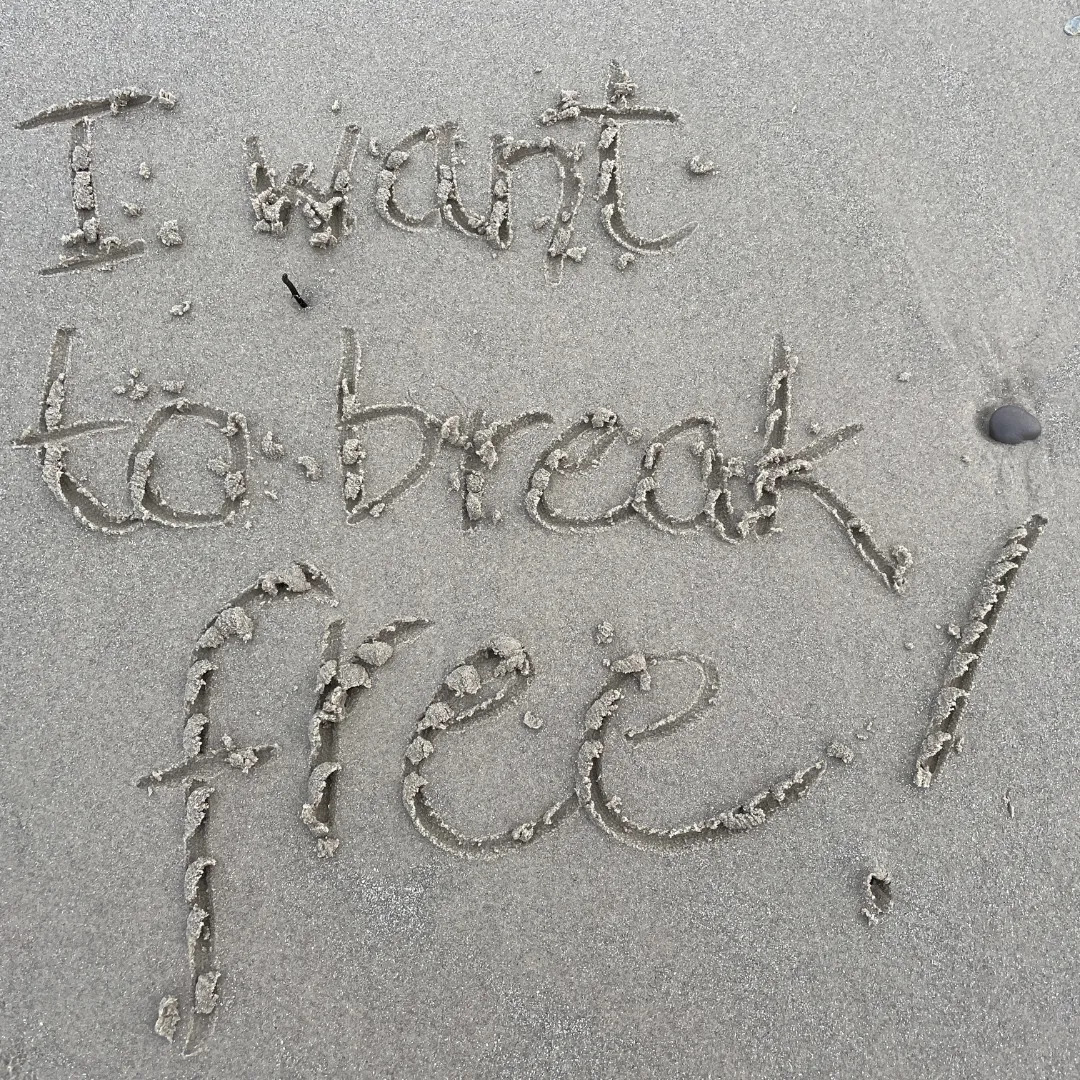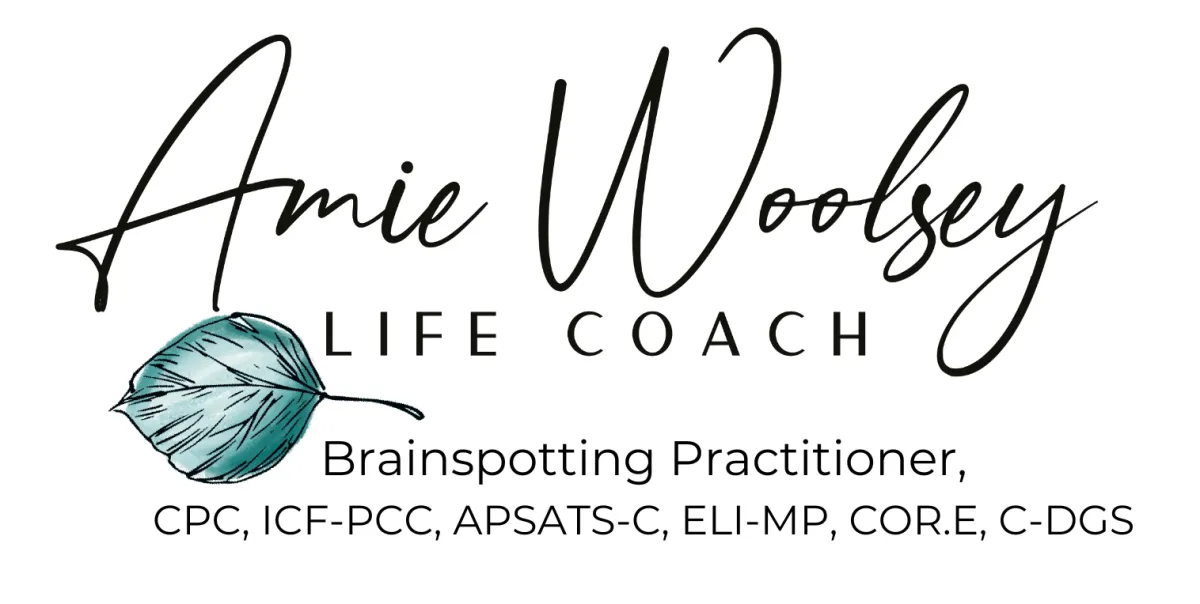
Releasing Trauma Stored in the Body: How Brainspotting Heals Deep Emotional Wounds
"Healing involves not just addressing the emotions or cognitive aspects of trauma but also acknowledging and releasing the trauma stored deep within your body."
Releasing Trauma Stored in the Body: Brainspotting and the Road to Healing
We’ve all been there—searching for a quick fix to get through the pain, wanting to just be done with it all. Whether it’s the sting of betrayal, the weight of emotional abuse, or the heartbreak of divorce, the pain feels unbearable at times. And who wouldn’t want to escape it? You might find yourself thinking, "If I just get to the end of this road, I’ll be okay. I’ll feel better. I’ll heal." It’s only natural to want to get through the discomfort as quickly as possible, to find that checklist of things to do so you can leave the pain behind once and for all.
I get it, I’ve been there too—but healing isn’t a checklist. Healing is a process, not something to check off a list.
So many of us, myself included, have rushed to get "through" the pain, believing that it will somehow just disappear. Maybe you’ve even convinced yourself that if you move on to a new relationship or distract yourself with other things, you’ll find the peace and healing you’re looking for. But the truth is, trauma doesn’t just go away. It lingers, often quietly, in the body. That’s the part many people overlook. Healing involves not just addressing the emotions or cognitive aspects of trauma but also acknowledging and releasing the trauma stored deep within your body.
In this post, I’ll explain how Brainspotting can help you release the trauma stored in your body and why this process is essential for true healing. It’s not about rushing through it or glossing over the pain—it’s about confronting the trauma so you can truly heal. I’ll also explain how the Brainspotting modality allows you to do this safely, without overwhelming you, and why a skilled practitioner is key in guiding you through this delicate process.
The Trap of Rushing Through the Pain
The road to healing is often full of potholes and detours, and it can feel frustrating when progress doesn’t seem to come as quickly as you want. Many of us want the end result right now: the healing, the peace, the closure. But healing from betrayal trauma, abuse, or divorce takes time. We often find ourselves wanting to skip past the painful parts, hoping the pain will go away on its own. It’s natural to feel this way. No one wants to keep feeling the awful emotions associated with trauma.
Healing doesn’t happen by skipping steps. When we rush or try to bypass certain aspects of healing, we risk missing the key parts of the process that will help us fully recover. This might mean avoiding uncomfortable feelings, pushing them down, or thinking that if we just keep moving forward, it will magically get better. But the trauma doesn't simply disappear—it gets stuck.
That’s where the real issue lies. Trauma gets stored in the body. The physical symptoms you might experience—tightness in your chest, muscle pain, digestive issues, even chronic fatigue—are all manifestations of trauma that hasn’t been processed and released. If we don’t address the body, the trauma lingers, and it affects not only how we feel emotionally but how we experience life physically.

Why Trauma Is Stored in the Body
When we experience a traumatic event—whether it’s betrayal, abuse, or the emotional devastation of divorce—our bodies react in a survival mode. Our nervous systems go into fight, flight, or freeze, releasing stress hormones like cortisol and adrenaline. These chemicals are meant to help us survive in a moment of danger. However, in many cases, the trauma doesn’t get fully processed. The nervous system remains on high alert, and the trauma is stored in the body as residual shock—leftover energy that hasn’t been released.
As we go through life after trauma, we continue to carry that energy with us, often without realizing it. This stored trauma affects our bodies—causing tension, fatigue, pain, and even illness. It also affects our emotional well-being, keeping us stuck in cycles of fear, anxiety, and self-doubt. Until we address the trauma in our body, we cannot fully heal.
This is why we must lean into the discomfort and allow ourselves to process what’s been stored. Trauma needs to “rear its ugly head” in order to be released. It’s not about avoiding the pain—it’s about facing it, with the right support, so that we can move forward.
How Brainspotting Helps Release Trauma from the Body
This is where Brainspotting comes into play. Brainspotting is a powerful trauma-focused therapy that allows you to access the deep, stored trauma within your body and brain. Dr. David Grand, who developed Brainspotting, explains that "where you look affects how you feel." This simple yet profound principle allows you to access parts of your brain and body where trauma has been lodged, helping you process and release it.
Brainspotting works by focusing on specific points in the visual field—“brainspots”—that correspond to the deep, emotional areas of your brain where trauma is stored. When you focus on these points, you activate the brain’s natural healing processes, helping the trauma come to the surface so it can be processed and released. The beauty of Brainspotting is that it doesn’t require you to rehash the details of your trauma. Instead, it focuses on the body’s reactions and the emotional memories that are stored in the brain, making it a less intimidating way to confront the discomfort of healing.
Why Brainspotting Allows You to Heal Without Overwhelm
One of the reasons I love Brainspotting, both personally and professionally, is that it allows you to lean into the discomfort of healing without making it intolerable. It’s not about forcing yourself to relive the most painful moments. Instead, Brainspotting helps you access the pain gently, with a skilled practitioner who knows how to guide you through the process in a safe and supportive way. It allows for the necessary discomfort of healing while giving you the tools to stay grounded and supported throughout the process.
The key here is safety. A trained Brainspotting practitioner knows how to help you process the trauma in a way that feels manageable. You’re not left to face the overwhelming emotions on your own. The practitioner holds space for you, guiding you through the discomfort and ensuring that you can heal at your own pace. The discomfort of healing doesn’t have to be intolerable. With the right support, you can release trauma from your body and move forward in a safe and controlled manner.
Moving Forward: A Road to Healing
Healing is not about rushing to a destination. It’s about taking the time to process, release, and heal—step by step, with intention and care. Brainspotting offers a path to healing that is focused on the deep, somatic release of trauma, allowing you to process and move forward without being stuck in the pain forever.
If you’ve been trying to heal and feel like something is still holding you back, it might be time to address the trauma that’s stored in your body. You don’t have to keep carrying this weight with you. Through Brainspotting, you can release the pain and move forward into a life where you’re no longer defined by the trauma of the past.
A Personal Invitation
If you’re ready to begin the healing process and release the trauma stored in your body, I invite you to reach out for a consultation. Together, we can explore how Brainspotting can support you in releasing the emotional and physical pain of your past, helping you step into a future where you feel lighter, freer, and more empowered.
Healing doesn’t have to be a lonely or overwhelming journey. I’m here to support you every step of the way. Reach out today to learn more about how Brainspotting can help you heal from the inside out.
https://amiewoolsey.com/brainspotting

